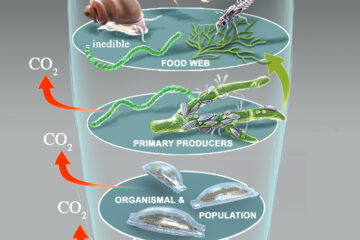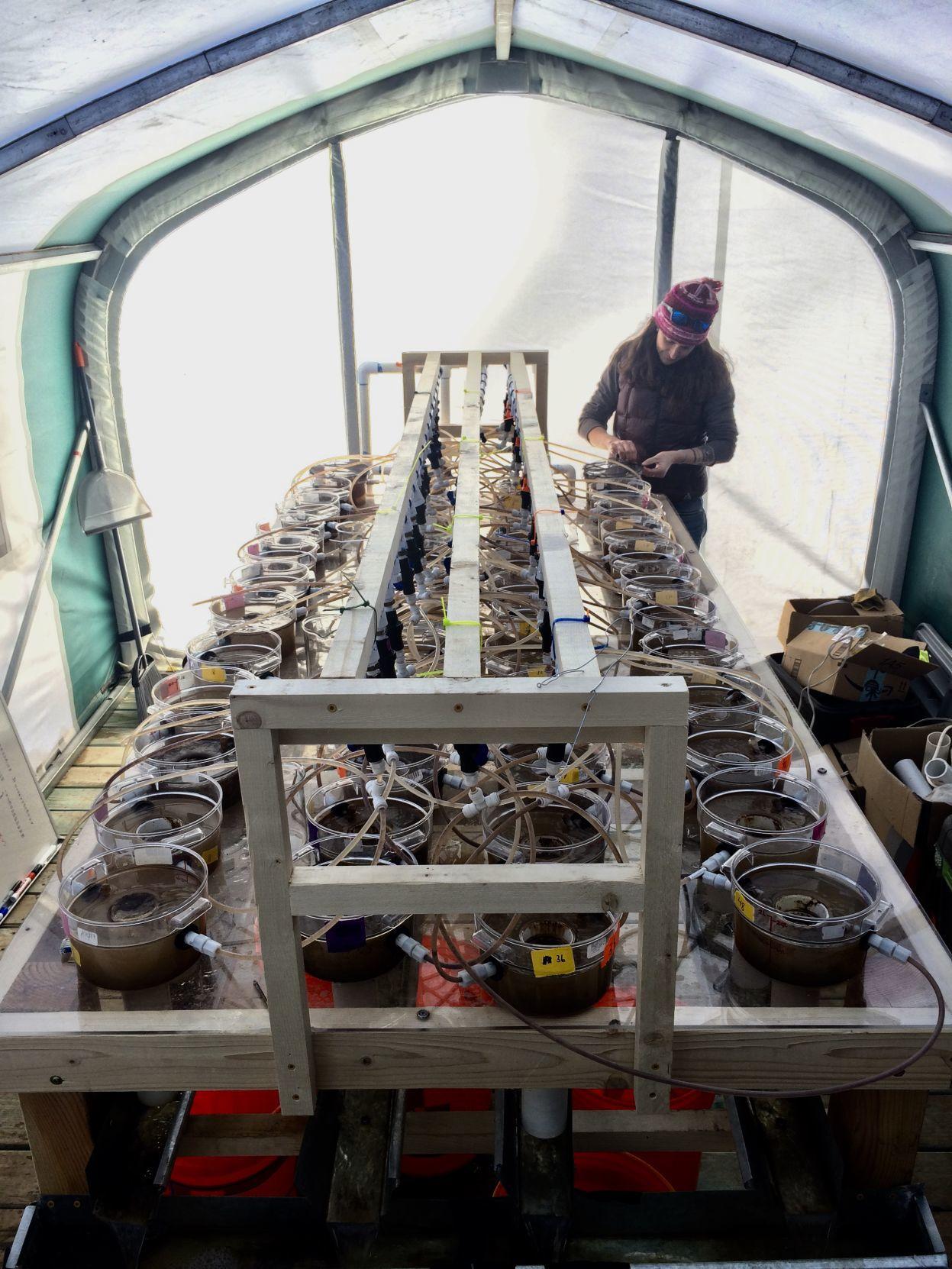Decoding biological mysteries with algae: NAU team wins $3M from NSF to model microbiome
The tiny cosmos of organisms living on a streamer of algae in a river—the algal microbiome—could help scientists learn what turns an environment from healthy to toxic and back again. A multidisciplinary team led by Northern Arizona University has won $3 million from the National Science Foundation to translate the […]

